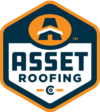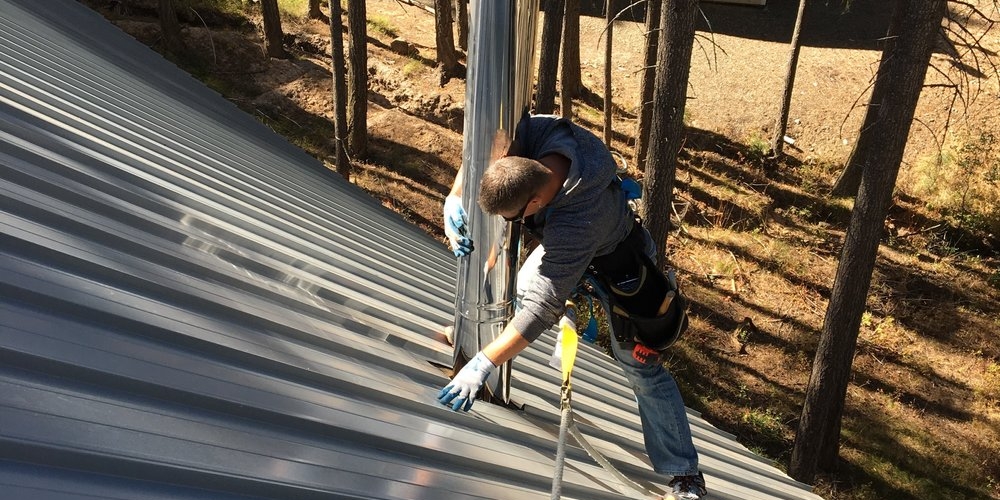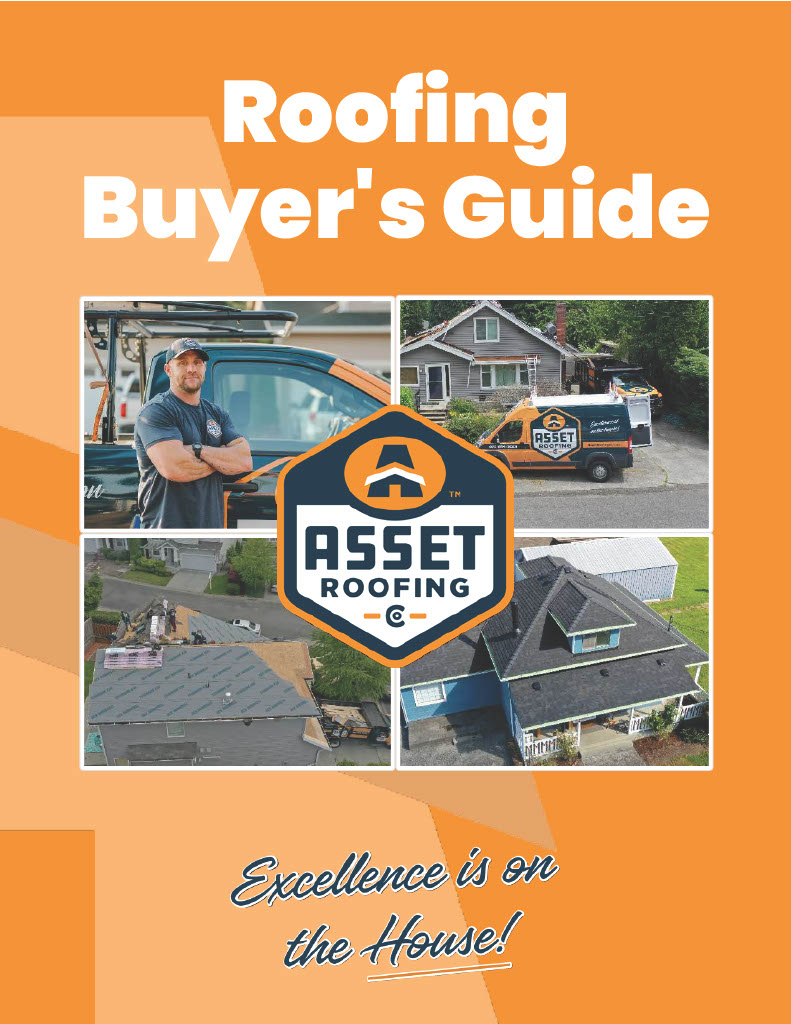The choice of metal roofing for commercial buildings is growing due to the material’s durability. When choosing suitable roofing materials for a commercial building, architects must consider many factors, including climate, building type and form, the roof pitch, connection methods, and local code requirements.
Below we will explain what to look for when selecting metal roofing for your next commercial project.
Selecting the Right Metal Type
The most common metals used during this process are aluminum, steel, zinc, and copper. Each has pros and cons that make it most suitable for a particular commercial building.
Copper is the group’s most expensive, but it offers a proven long lifespan, durability, and an aesthetic patina. Aluminum is the third most abundant metal on the planet. It’s less expensive and is typically anodized or painted for added resilience. Steel is cheaper than the previous two, but it must be coated or galvanized for protection. On the other hand, zinc is preferred due to its low-gloss look and corrosion resistance.
Underlayment
The purpose of underlayment is to be a secondary barrier for weather protection. The selection includes asphalt-saturated felt, synthetic sheets, and self-adhering membranes. The purpose of underlayment is to protect and keep the structure’s interior dry. The underlayment will help with a compromised metal roof by stirring the water away from the interior of the building.
Two plies should be used for roof slopes under 18 degrees, while one is enough if the slope is 18 degrees or more. A slip sheet will be required to prevent the underlayment from sticking to the metal roofing in high temperatures.
Configurations and Connections
Because of the many forms and shapes, we see a lot of horizontal and vertical panels and sheets in commercial building roofs. The connection method is vital in the durability, cost-effectiveness, and maintenance requirements.
The vertical connection system includes through-fastened, standing, and batten seam roof panels. The through-fastened panels are ribbed and mechanically attached with threaded washers and fasteners. Beaten seam panel joints are connected with wood strips flashed with metal caps interlocking with the panel. The standing seam panels are also known as concealed fastener panels because they have concealed fasteners.
Choosing the Desired Aesthetics
The low roof slope is popular for commercial metal roofs because one cannot see the panels. Because aesthetics are not the decisive factor, wider unpainted roof panels are the preferred choice.
However, the situation is different when dealing with a higher slope where the panels are visible when looking at the building facade. In this case, aesthetics plays a key role. Panels between 16 and 18 inches and painted finishes are most commonly used here.
Building Geometry
Building geometry plays a significant role in selecting the material for the roof. Manufacturers usually have minimum slope limits that must be followed. Steeper-sloped roofs require more panels than those in lower-sloped commercial buildings.
Another consideration when it comes to building geometry is the panel length. Remember that panels undergo thermal cycling, cool and heat, and expand and contract. Long-length panels will require a standing seam system to accommodate this thermal expansion.
Asset Roofing: Superior Commercial Roofing
Choosing the suitable roofing material for your commercial project may be confusing, considering all the factors and options at stake. Turn to professionals who can clarify all the unknowns.
The Asset Roofing professional team is standing by to advise on the right material choice for your roof. We offer the highest-quality insulation, best roofing materials, and affordable services.


